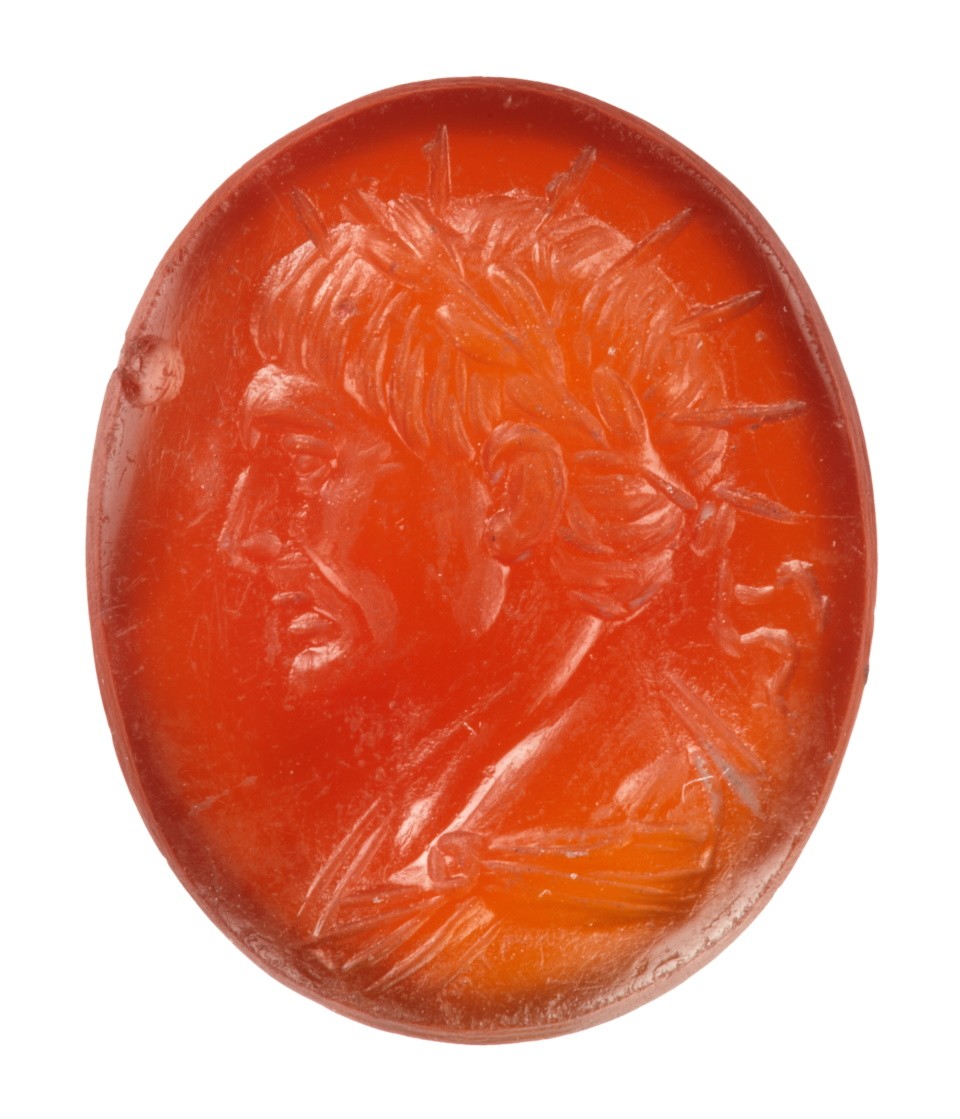Trajan was one of the most successful and popular emperors of the Roman Empire. A military career seemed preordained when he served as legionary legate in Syria or as military tribune (tribunus militum) on the Rhine and Euphrates in the 70s.
In October 97 AD, Emperor Nerva adopted him in his absence and granted him the title of Caesar as co-regent. When Nerva died the following year, Trajan became sole ruler of an empire he had served as an outstanding military leader. It was under his reign that the Roman Empire achieved its greatest expansion. (AVS)
Former August Kestner Collection, Rome
en









